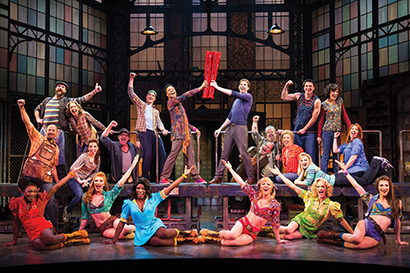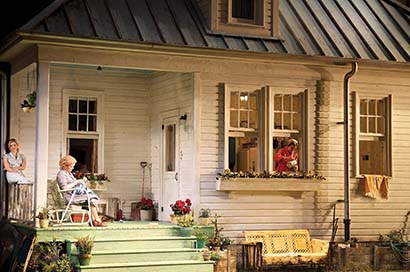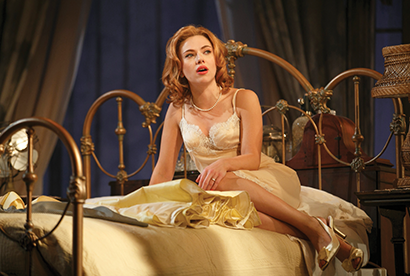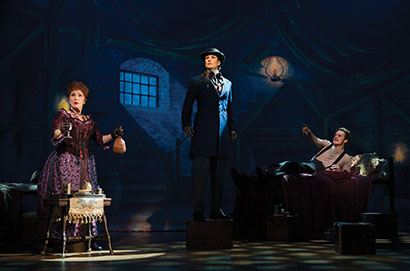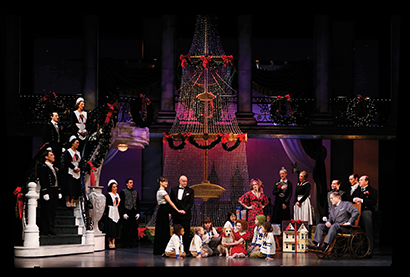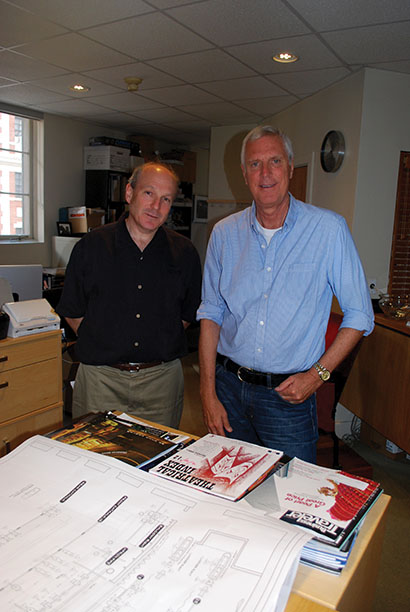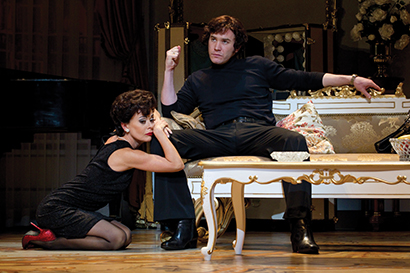Kinky Boots on Broadway
One of the most buzz-worthy Broadway shows of the spring season is Kinky Boots, the pop musical from composer/lyricist Cyndi Lauper and writer Harvey Fierstein. Adapted from the 2005 British film of the same name, which was itself inspired by real-life events, it tells the tale of Charlie Price, an aimless twentysomething who moves to London with his success-driven girlfriend Nicola, only to be summoned back to his hometown of Northampton after his father passes away. With the family shoe business deteriorating, Charlie reluctantly takes over to try to save jobs and the company. A chance encounter with a drag queen named Lola inspires him to specialize in kinky boots for cross-dressing men who need strong high heels, but at first it’s a hard sell to his employees, some of whom will need to accept Lola as the designer and accept their change of direction. It’s a story about overcoming prejudice and sometimes embracing the outrageous.
